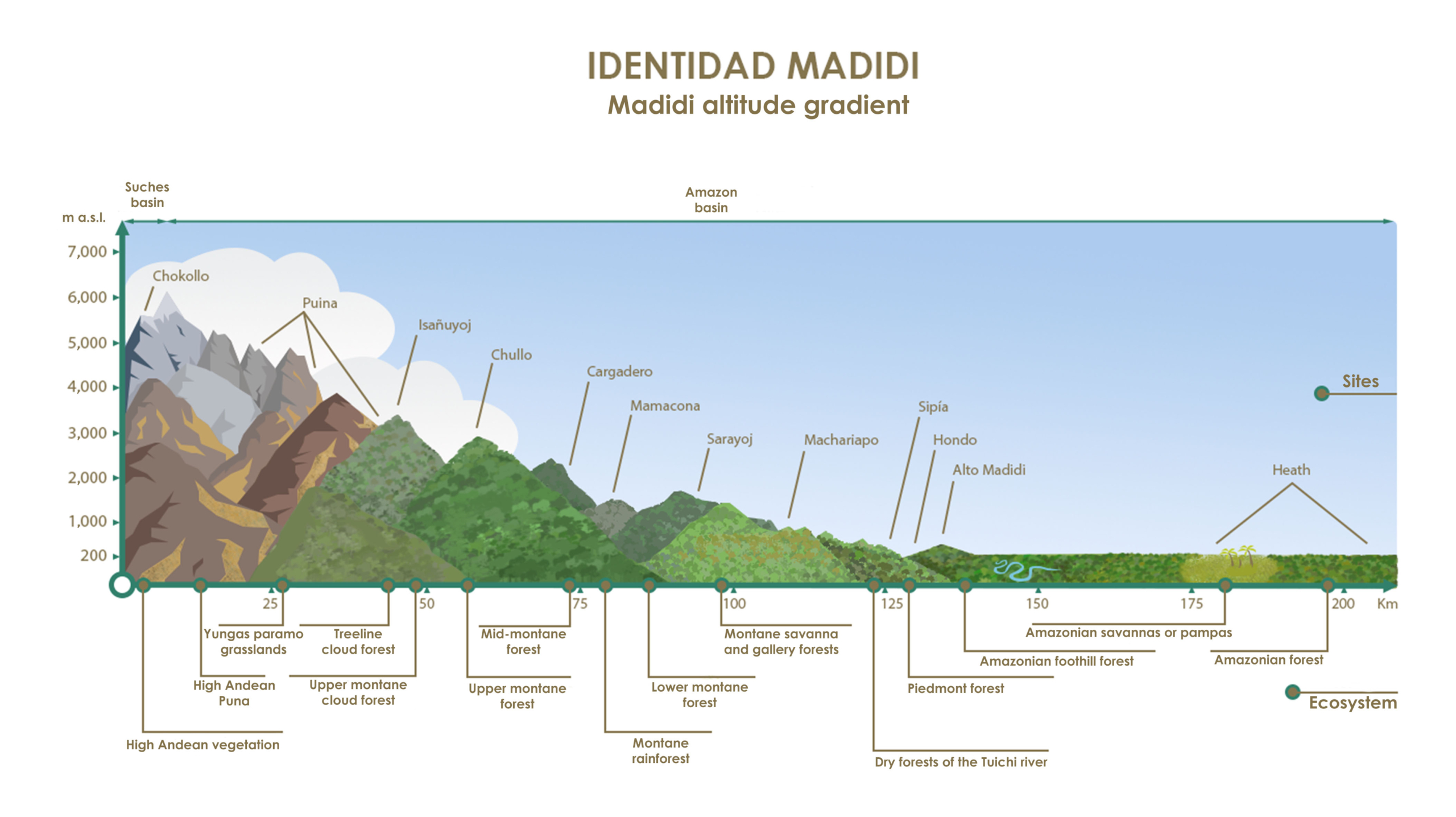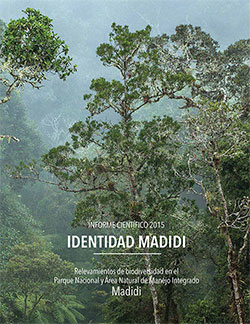Heath
Amazonian savannas or pampas (2017)
Amazonian savannas or pampas The savannas are dominated by grasses, but in some sectors a high density of woody species (shrubs and trees) occur, and in other sectors they form small islands, which over time may give rise to larger forest islands. As one moves eastward, an immense patch of palms appears, followed by small shrub islands, until reaching a gallery forest at the headwaters of the Moa river. In total, 107 species of plants, 44 species and subspecies of diurnal butterflies and 162 species of vertebrates were recorded, of which 38 are new species for Madidi, 1 for Bolivia and 15 for science.
[envira-gallery id=»2003″]
| Title | Categories | Update Date | Download |
|---|---|---|---|
|
Scientific Report 2015 1 548 downloads |
Reports | March 30th, 2021 | Download |
|
Scientific Report 2017 1 375 downloads |
Reports | September 1st, 2021 | Download |
|
Scientific Report 2016 1 333 downloads |
Reports | September 1st, 2021 | Download |
[envira-gallery id=»805″]
[envira-gallery id=»806″]
[envira-gallery id=»826″]




 Facebook
Facebook Instagram
Instagram YouTube
YouTube